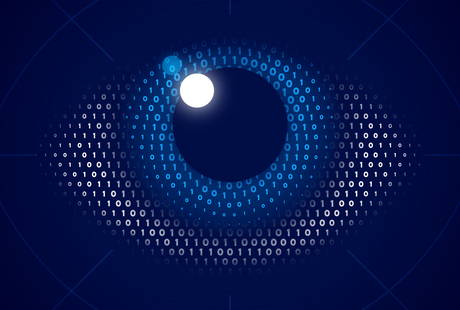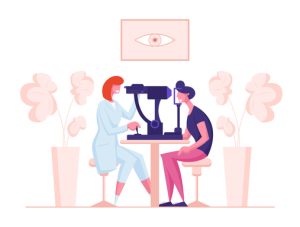We have seen significant developments in artificial intelligence technology in the past year. The release of ChatGPT allows ordinary people like you and me to utilise artificial intelligence like never before. Given the rise of AI, its incorporation into healthcare could potentially be a question in the MMI.
Artificial intelligence taking over the jobs of humans is increasingly becoming a reality. I underestimated the development of AI until the release of ChatGPT. What surprised me was that it is capable of creating content such as prompts and artwork. Artists and writers are often considered safe professions and will be the last to be replaced by AI. Yet, ChatGPT can write better than most, and DALL-E2 can generate images from simple prompts. Students increasingly rely on ChatGPT for their schoolwork, and many artists use AI when creating art. (No, this blog is not written by ChatGPT ;))
As a future healthcare professional, I wondered how AI would affect healthcare workers. Given the major strides made in AI development, I think we should all know how it may potentially impact us. What are the potential benefits and risks involved? How will AI change healthcare? In this blog, I will summarise the perspectives of a healthcare professional and an expert in the field of medical AI.
AI Expert:
Artificial intelligence has great potential to benefit the general population. AI and technology can help to alleviate healthcare staff shortages and reduce wait time for scans. For example, with the help of AI, we can reduce the workload of radiologists as AI can mark abnormalities on scans, and the radiologist writes and signs off reports. AI can allow the radiologist to work more efficiently and reduce their workload. However, this could negatively impact the clinician. With AI, one radiologist can do the work of two, so the demand and, thus, pay reduces. This trade-off is like how the invention of the assembly line by Henry Ford caused many workers to lose their jobs, but a greater amount of the population was now able to afford to buy a car.
AI may also increase the scope of clinicians, such as optometrists. AI tools can allow optometrists to detect diseases they normally couldn’t. In the future, photos of the back of the eye may detect diseases such as hyperlipidemia and allow optometrists to treat them like never before, significantly benefiting the patient and the clinician. Patients will benefit from earlier disease intervention, while optometrists will have enhanced capabilities in their practice, allowing them to provide more comprehensive care.
There are concerns and fears of AI in healthcare where there is a risk of ethical concerns and patient harm. Fortunately, AI is more regulated and established in the medical field compared to other industries due to decades of research. Companies are also actively integrating artificial intelligence into practice. AI will inevitably be part of medical practice within the next 5-10 years, so there’s a good chance that by the time you and I graduate, it will be a common tool in your practice. Whether you are studying medicine or pharmacy, AI will impact you.
In addition to AI, remote telehealthcare can significantly improve healthcare in rural communities and alleviate the backlog caused by staff shortages. Telehealth increases access to remote communities; they don’t have to wait weeks to get a doctor’s appointment. According to a rural optometrist, his clinic is fully booked for the next six weeks. When considering telehealth care, we often think of phoning a doctor or video calling, which is quite outdated. Telehealth is more established and widely implemented in the United States, where a third of optometry exams are performed with a remote optometrist. The patient is scanned by a local technician using specialised machinery, and the optometrist interprets these results and communicates with the patient remotely. Instead of working in practice in rural Nebraska, optometrists can practice in front of a camera in their New York office. Of course, some complex cases require the patient to see an optometrist in person, but a remote optometrist can manage the vast majority of patients. Surprisingly, many clinicians prefer working remotely.
Optometrist:
I think technology will ultimately bridge the gap between the haves and have-nots. However, AI will force the worker to be more “productive” (such as seeing more patients). This creates an issue since clinicians are already overworked to the core. As an engineer or a programmer, you can have the most productive hours condensed and do casual work the rest of the time. Clinicians already have to be on their A-game the whole day.
Many things can now be automated, for example: writing reports to patients and to GP based on a pdf output of exam findings. Currently, AI can listen to a conversation (let’s say between a patient and a doctor) and completely transcribe everything. Now feed that into another ChatGPT like LLM that extracts important information from the exam, like history and test results. Suddenly there isn’t a need to type the whole day, and it saves paperwork.
AI and legality:
Currently, what is typed down, such as history, exam findings, and the management plan, protects the clinician legally. In the future, when AI is incorporated into the clinic, everything discussed, such as facts and advice, will be written down by AI. This forces every clinician to practice the gold standard, which is a massive benefit to the patient.



